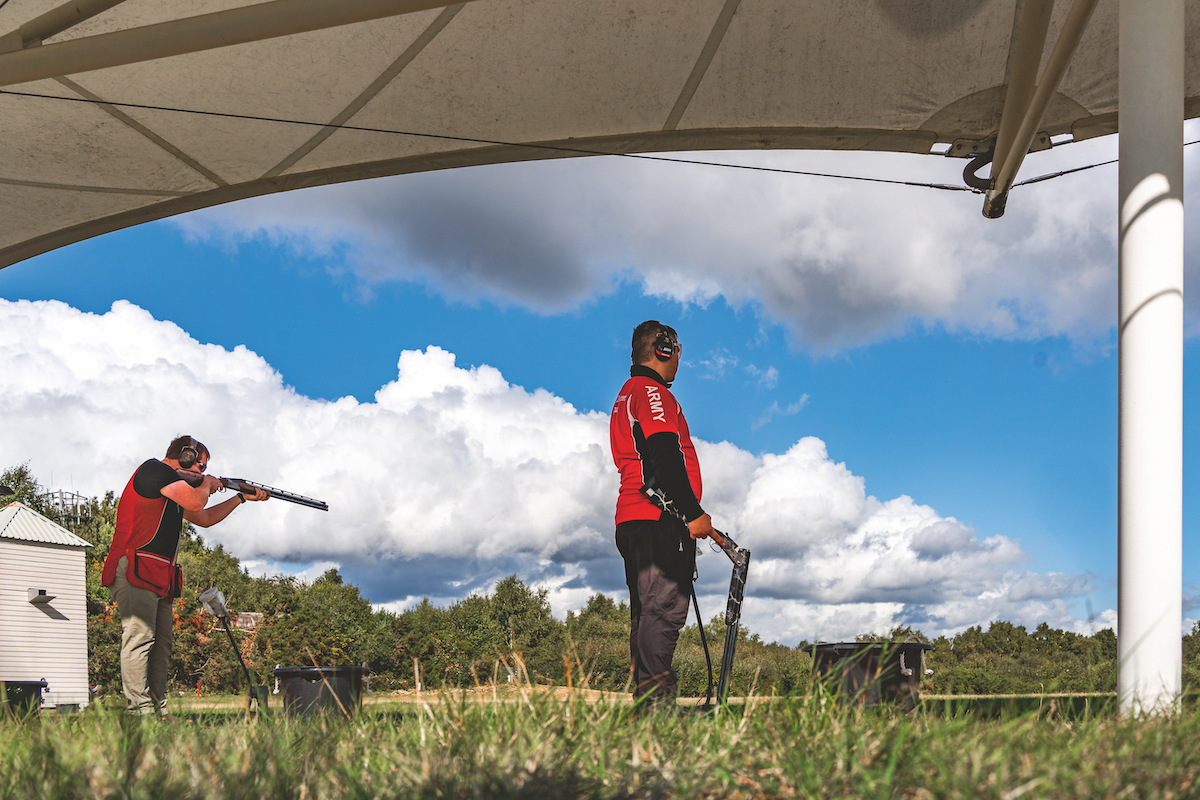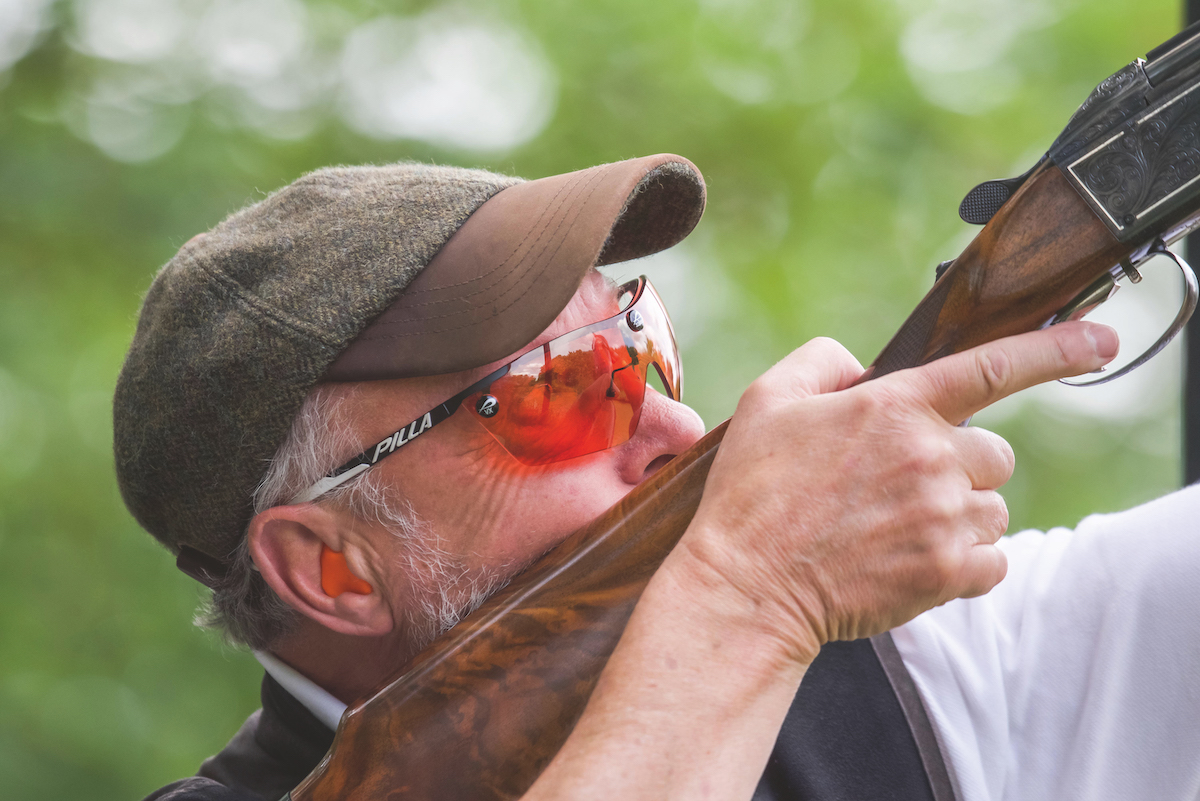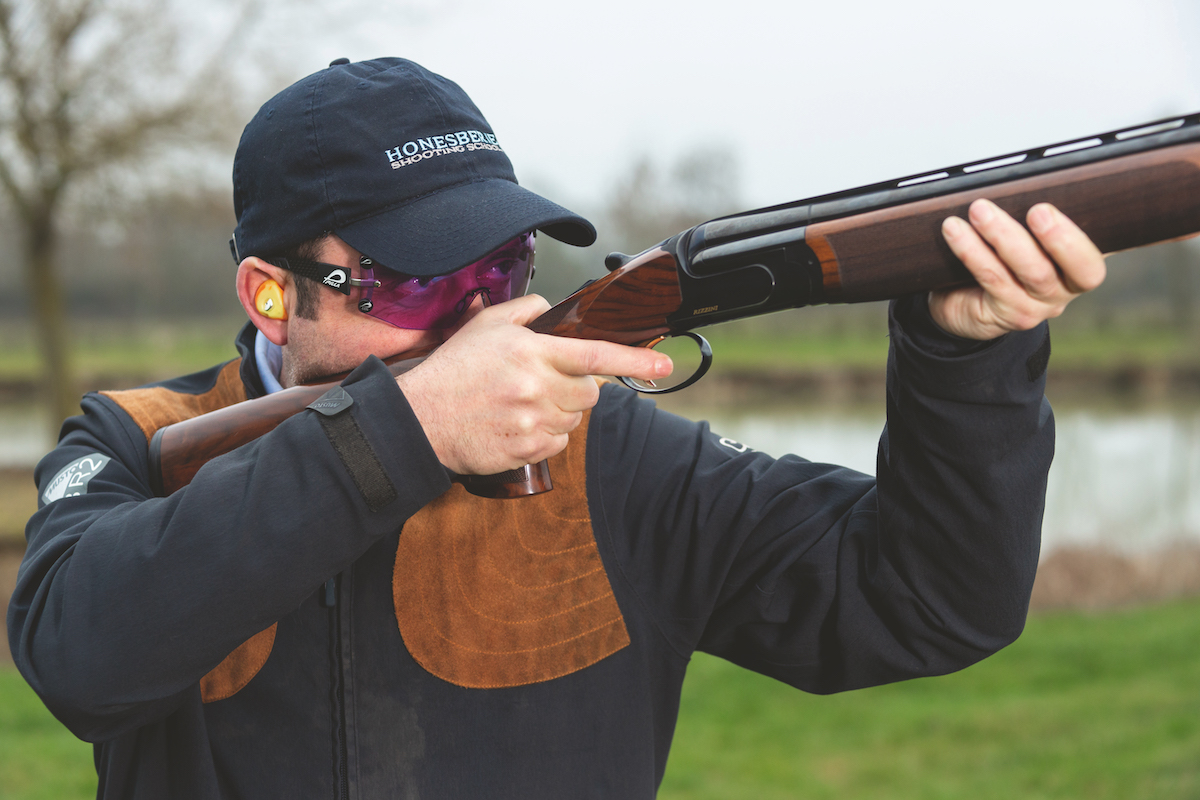What to do if your gun dog won’t retrieve
Over the years I’ve had quite a few people phone me up wanting to book a one-to-one lesson with their gun dog. Their problem?
Fido won’t retrieve.
When the lesson starts I usually discover the dog WILL retrieve, but he won’t return once the retrieve is in his mouth. Nine times out of 10, this is not a case of the handler trying to mislead me over the phone, it’s just they can’t explain the problem accurately enough.
As with most training problems, it’s best not to tackle it head on, but to find out how thorough the dog owner has been with earlier obedience training. Resolving this particular problem means practicing some basic exercises first.
STEP 1
I get the client to let the dog run free to burn off some of its energy and then ask them to use the recall whistle to get the dog in, and also make it sit straight in front of them on the stop whistle.
If the dog doesn’t return immediately to the whistle, deviates on the way in, or will not sit still in front of the handler, then this has identified the first problem. If the dog will not respond to these basic instructions then it’s unlikely to do so with the prize of a retrieve in its mouth.
To get this sorted there are some simple exercises you can practice. The first stage is to get the dog to return immediately when it hears the recall whistle. I do this using a check cord that’s about 20 metres long. After several days of allowing the dog to exercise with the cord attached, I start to give the dog the recall whistle – being ready to give him a sharp tug if he does not return straight away.
When he does come in on the recall I give him lots of praise. I practice this every day before moving on to the next step. Here I’ll gradually introduce the stop whistle and/or sit command when the dog comes running back to the recall whistle.
The time to start introducing the sit on the return does need to be judged carefully, because it’s possible to end up with a dog that, as soon as it hears the recall whistle, immediately returns – but launches into a frenzy of excitement because it knows it’s going to get a lot of praise for doing the right thing. This has to be judged on the individual dog’s temperament and its rate of progress.
STEP 2
You now need to get the dog to sit still while you back away from him. If he moves from the sitting position, you must return him to the original position and start backing away again. Carry on practicing this, gradually increasing the distance, but at this stage always walk back to him to praise him for sitting still.
Once you are able to consistently achieve a distance between you and the dog that you are happy with, you then walk back from him approximately 5-10 yards. Wait a short time, then blow the recall whistle, vocally encouraging him to come and sit in front of you. However you should only call the dog to you from the sitting position 1 in 10 times, the other 9 you should return to him. If you do not follow this ratio you may find the dog becomes fidgety when you walk away and he starts to anticipate the return call.
STEP 3
When the dog (still on a check cord) is either free from the sit position or walking at heel, throw a retrieve for him that lands about 5 to 10 yards away. Allow him to run in straight away and pick it up. As soon as he has the retrieve in his mouth give him the recall whistle – being ready with the check cord to guide him directly into you.
At this stage I will often encourage a reluctant deliverer to jump up on me on its return – I’ve found people sometimes suppress the dog from coming back with the retrieve without realising it, simply by being too insistent on the dog sitting and giving them a textbook delivery.
If your practicing without the retrieve has been consistent and successful, the dog will probably come straight in without the need to do anything with the check cord.
I keep on practicing retrieving like this, allowing the dog to run in, until the dog returns immediately on the recall whistle and gives me the retrieve. The reason I allow the dog to run in on these retrieves is to maintain its enthusiasm. I find I can practice far more retrieves in one lesson like this, than if the dog is steady, when I have to pick up 6 out of 7 retrieves I throw to maintain steadiness.
STEP 4
Until now I have not been too worried about the dog’s delivery. At this stage all I do is give the dog a stroke when it comes into me with the retrieve, then I’ll take the dummy. This way the dog realises it’s getting praised for bringing the retrieve, and holding it.
If you praise the dog after you’ve taken the retrieve it can encourage him to drop the dummy before you’ve got it in your hand – the dog thinks it will be praised for having nothing in its mouth!
At a later date – still with the cord on – I’ll turn and start to walk away as soon as the dog picks the retrieve, instructing it to heel before he gets to me. I then encourage the dog to walk to heel for a short distance carrying the retrieve. I then stop and stroke the dog before taking the retrieve from its mouth.
If the dog drops the retrieve while being stroked, I immediately stop the praise and encourage him to pick the retrieve up and carry on walking to heel. If you find your dog is reluctant to pick the dummy up again it might be he’s just become bored with canvas dummies. In this case you might need to make them more interesting – covering them with a rabbit skin, or attaching wings or feathers.
Some owners seem to get obsessive about a textbook delivery every time, but I find a compromise, from the handler’s point of view, is often needed to keep the dog happy. Spending too much time trying to get a textbook, sitting delivery can have a detrimental influence on the dog returning with the retrieve – and also mars his enthusiasm to go and get the retrieve in the first place. Valuable training time is often better spent getting the exercises in basic control fully understood.








